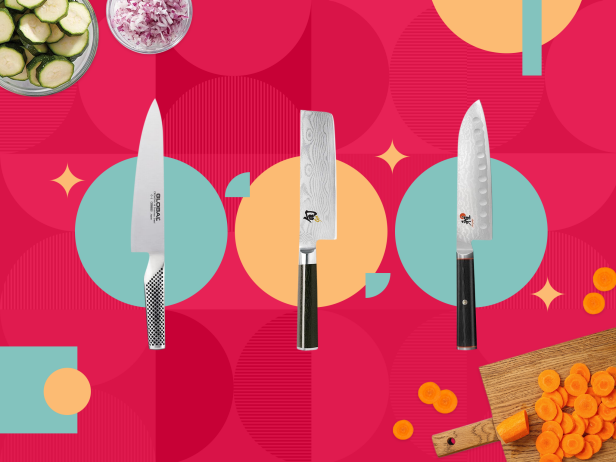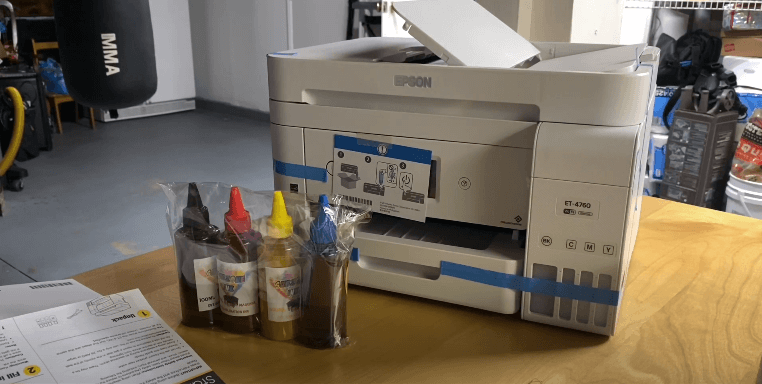Introduction
The chef's knife is undoubtedly the most essential tool in a chef's arsenal. With its versatile design and sharp blade, this kitchen workhorse can handle a wide range of tasks, making cooking more efficient and enjoyable. Whether you're a seasoned professional or an amateur cook looking to up your culinary game, mastering the proper use of a chef's knife is crucial. In this article, we will explore the correct techniques and essential tips to make the most out of this indispensable kitchen tool.Choosing the Right Chef's Knife
Before diving into the techniques, it's essential to select the right chef's knife that suits your needs and preferences. Chef's knives come in various shapes and sizes, typically ranging from 6 to 12 inches in blade length. When choosing a knife, opt for one with a full tang (blade extends through the handle) as it provides better balance and durability. Additionally, a knife with a comfortable handle that fits well in your hand will ensure prolonged usage without fatigue.Proper Grip
To use a chef's knife effectively, it's crucial to adopt the right grip. The most common technique is the "pinch grip." Place your thumb and index finger on the blade where it meets the handle, forming a pinch, and wrap your remaining three fingers around the handle. This grip offers excellent control and precision while cutting.Mastering the Rocking Motion
The chef's knife is designed for a rocking motion, which helps you achieve a smooth and continuous cut. To use the rocking motion, position the knife tip on the cutting board and raise the back of the blade while keeping the front in contact with the board. As you bring the knife down, lower the front of the blade while maintaining contact with the board. Practice this motion to become more proficient in slicing, dicing, and mincing.Proper Cutting Techniques
a. Slicing: When slicing, use long, fluid strokes, and let the knife do the work. Keep the blade in contact with the food while guiding it with your non-dominant hand.b. Dicing: To dice vegetables or fruits, first, slice them into uniform planks. Stack the planks and cut them into strips. Finally, chop across the strips to achieve evenly diced pieces.
c. Mincing: Mincing herbs or garlic requires a rocking motion with the tip of the knife anchored on the cutting board. Move the knife back and forth quickly until the ingredients are finely minced.
Knife Care and Maintenance
To ensure your chef's knife remains in top condition, proper care is essential:a. Regular Honing: Use a honing steel to realign the blade's edge and keep it sharp between sharpenings.
b. Hand Washing: Always hand wash your chef's knife with mild soap and warm water immediately after use. Avoid soaking it or putting it in the dishwasher, as this can damage the blade and handle.
c. Storage: Invest in a knife block, magnetic strip, or knife guard to protect the blade and prevent accidents.
Safety Precautions
Using a chef's knife comes with inherent risks. Follow these safety guidelines to prevent accidents:a. Keep your fingers away from the blade's path and use a claw grip when holding food to be cut.
b. Work on a stable cutting surface to avoid slips and cuts.
c. Pay full attention to the task at hand and avoid distractions while using a knife.





